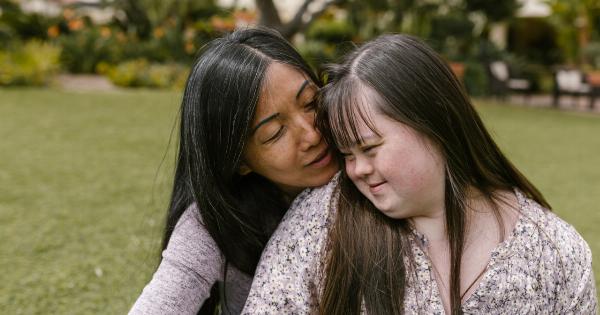Autism is a neurodevelopmental disorder that affects individuals throughout their life.
This condition is characterized by difficulties with social communication skills, repetitive behavior patterns, and a tendency to engage in restricted and narrow interests. While autism affects people of all genders, research has shown that there are some differences in the way autism presents in men and women. Here is a closer look at the differences between the female autistic brain and the male autistic brain.
What is Autism?
Autism is a neurodevelopmental disorder that affects the functioning of the brain. Individuals with autism often experience difficulties with communication and social interaction, as well as restricted and repetitive behavior patterns.
Autism is a spectrum disorder, which means that it presents in different ways and with varying degrees of severity. Some people with autism are highly verbal and have good cognitive skills, while others may be nonverbal and require support with everyday living skills.
Prevalence of Autism in Men vs. Women
Autism is more commonly diagnosed in men than women. The ratio of male to female autism diagnoses is approximately 4:1, but some experts believe that this may be an underestimate due to the fact that women with autism may be overlooked or misdiagnosed.
Women may be better at masking their symptoms and may be more adept at using social skills to navigate their environment. Additionally, diagnostic criteria for autism have historically been based on male behavior patterns, which may not accurately capture the experience of women with autism.
Social Communication Skills in Men vs. Women with Autism
One of the primary characteristics of autism is difficulty with social communication. However, research has shown that women with autism may have better social communication skills than men, despite still experiencing challenges in this area.
Women may be better at using language to express themselves and may be more attuned to social cues, although they may struggle with nonverbal communication or interpreting sarcasm or metaphorical language.
Restricted Interests and Behavior Patterns in Men vs. Women with Autism
Another hallmark of autism is engaging in restricted and repetitive interest patterns or behavior. While both men and women with autism may experience this characteristic, research has suggested that they may express it in different ways.
Men with autism may be more likely to have obsessive interests or engage in repetitive physical behaviors, while women may be more likely to have less obvious interests or to engage in imaginative play. They may also be more likely to mimic the behavior of their peers in order to fit in, which can make their autism less visible.
Mental Health Concerns in Men vs. Women with Autism
Autism can coexist with other mental health conditions, including anxiety, depression, and ADHD. Women with autism are more likely to experience these comorbid conditions than men, particularly anxiety and depression.
It is thought that this may be due to the fact that women with autism may be more aware of their social differences and may experience more stress as a result. Additionally, diagnostic overshadowing may make it harder for women to receive appropriate mental healthcare if their autism goes unrecognized or misdiagnosed.
The Female Autism Phenotype
Given the differences in autism symptom presentation in men vs. women, researchers have identified a “female autism phenotype” that may be distinct from the male phenotype.
This phenotype is characterized by better social communication skills, less obvious restricted interests, and a tendency to internalize stress. Women with autism may also experience more shame or guilt around their social difficulties, which can compound the emotional impact of the disorder.
Conclusion
The female autistic brain and the male autistic brain may present with some differences due to social and cultural factors. However, autism is a complex disorder that affects each individual differently, regardless of gender.
It is important to recognize and support individuals with autism, regardless of how their symptoms manifest, and to work towards more accurate and equitable diagnostic criteria and treatment options.





























